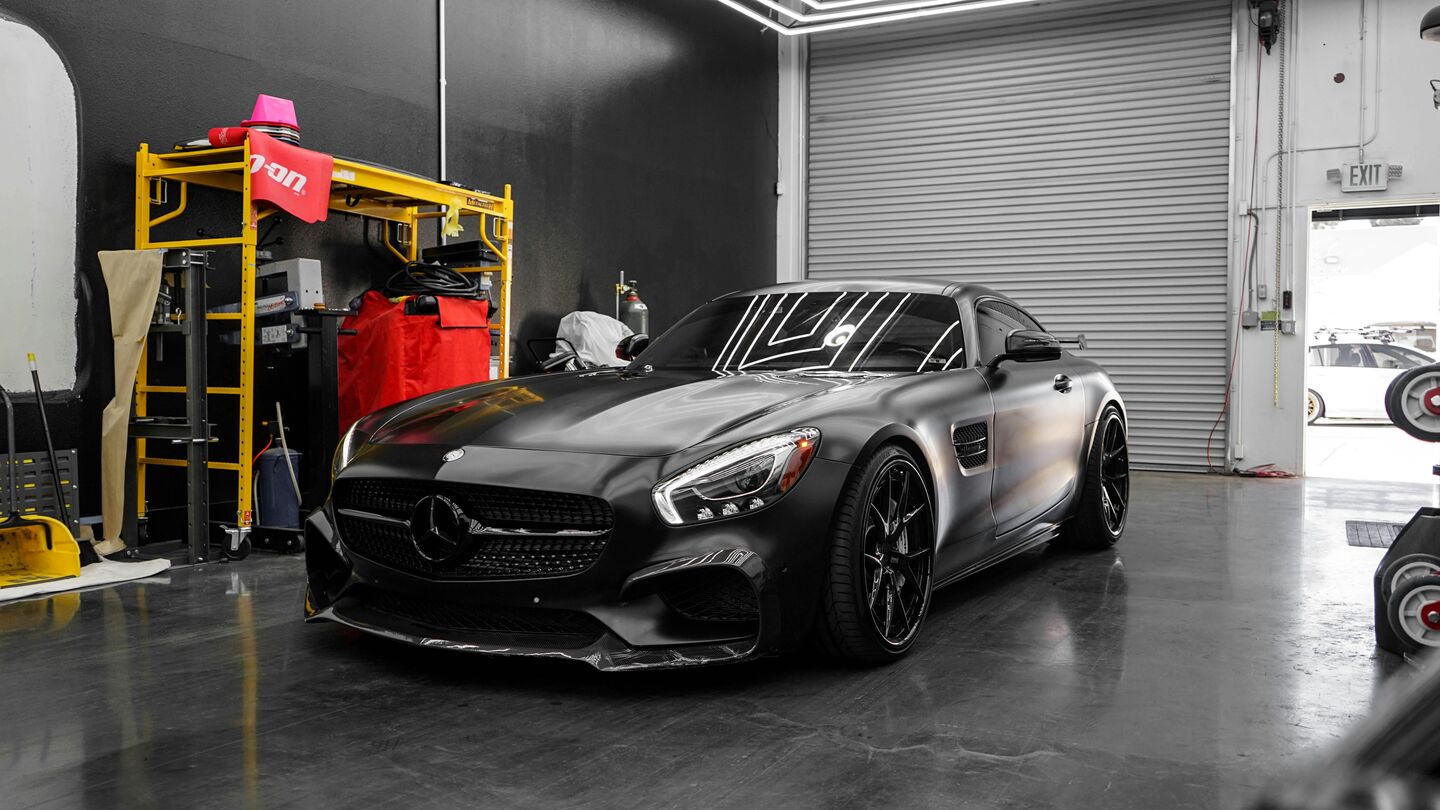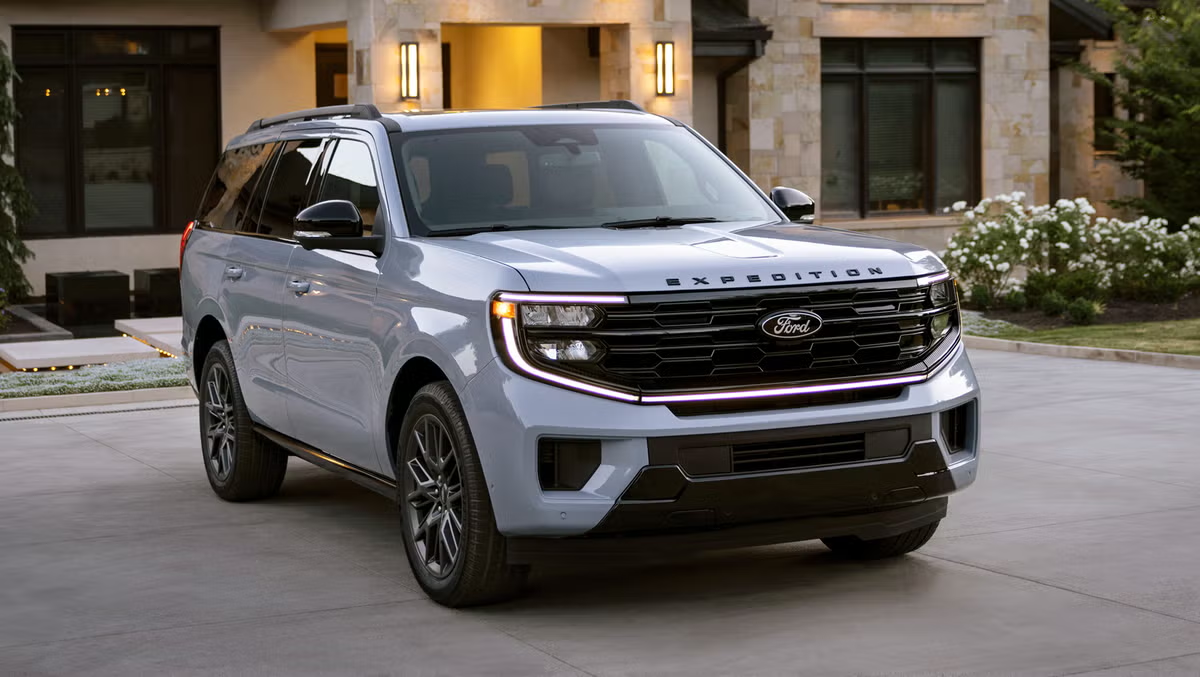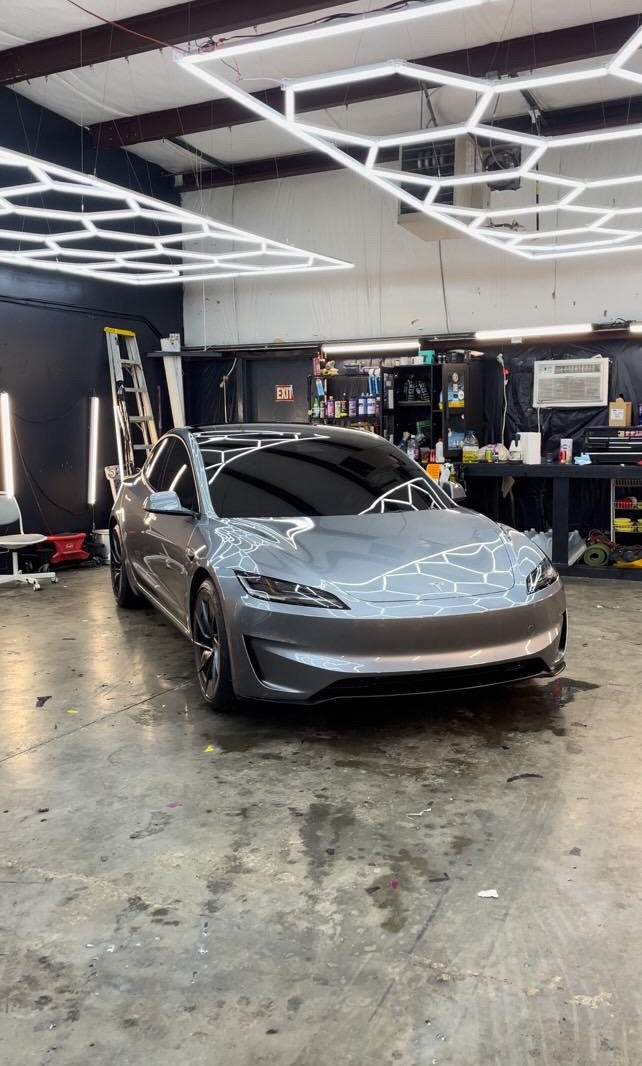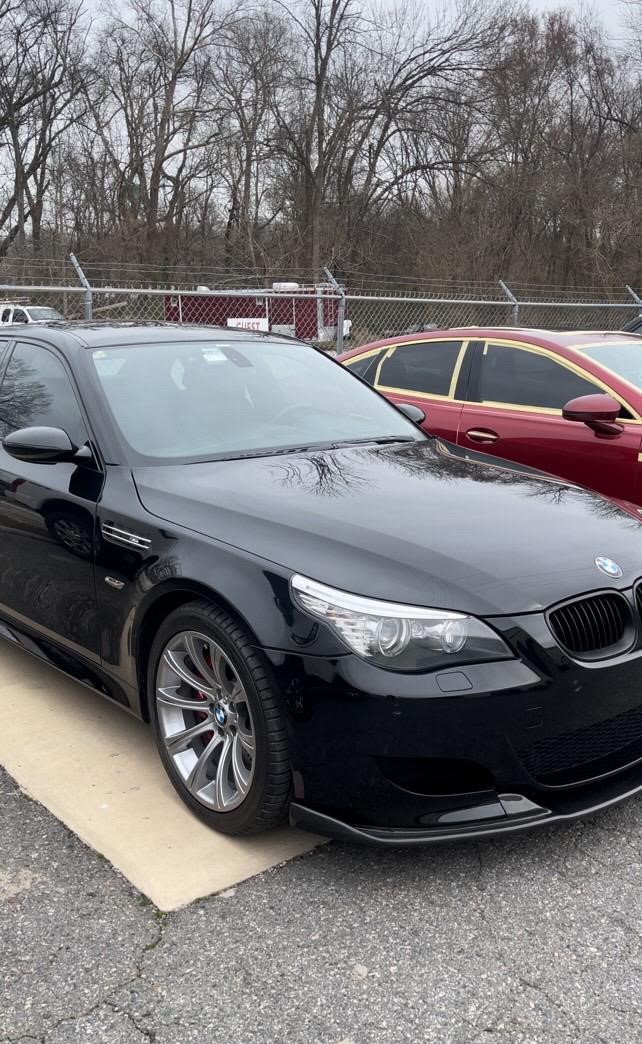When it comes to window tinting, not all shades are created equal—especially if you’re aiming for top-tier privacy or maximum heat rejection. Whether you’re looking to keep prying eyes out or beat the scorching summer heat, choosing the right tint percentage and film type can make all the difference. In this guide, we’re breaking down the best window tint shades based on your goals and helping you figure out which option gives you the most value. Ready to find the perfect tint? Let’s dive in.
What Is Window Tint and Why Does Shade Matter?
Window tint is a thin film applied to car, home, or office windows that reduces sunlight penetration, improves privacy, and enhances thermal comfort. But not all tint serve the same purpose. Tint “shades” are measured by Visible Light Transmission (VLT) percentages—the lower the number, the darker the tint. So, a 5% VLT lets in only 5% of light, while a 70% VLT lets in most of the sunlight.
Why does this matter? Because your tint’s VLT percentage determines how much privacy and heat rejection you get. Want a cooler cabin during summer? You’ll want something designed for solar control. Need to block out nosy onlookers? You’ll want a lower VLT for enhanced privacy.
Privacy Window Tint: What You Need to Know
If privacy is your top priority—say goodbye to fishbowl vibes and hello to peace of mind. Privacy tint are usually darker (typically 5% to 20% VLT) and are especially useful for rear windows or commercial vehicles. These tint dramatically reduce visibility from the outside while still allowing clear vision from inside during the day.
Darker tint are a go-to for people transporting valuables or those simply wanting more seclusion while driving. But remember—going too dark might violate local tint laws, so it’s essential to check your state regulations before you go full blackout.
Heat-Reducing Window Tint: How They Work
Looking to stay cool without blasting your AC nonstop? Heat control tint are your best friend. These films use advanced technology—like ceramic, carbon, or metalized layers—to reflect infrared heat and block UV rays. Even lighter tint with higher VLT can be highly effective at heat rejection thanks to these properties.
Unlike dyed films that absorb heat, ceramic and carbon films repel it, helping maintain cooler interior temps. Bonus: they also reduce glare, prevent upholstery fade, and protect your skin from harmful UV exposure. You get heat control without sacrificing visibility.
Understanding VLT: Why Percentages Matter
Think of VLT (Visible Light Transmission) as the “openness” of your window tint. It tells you how much visible light can pass through the film. Here’s a quick breakdown:
- 5% VLT – Limo tint. Maximum privacy. Very dark.
- 15% VLT – Super dark but slightly more visibility than 5%.
- 20% VLT – Factory-style privacy tint. Balanced privacy and style.
- 35% VLT – Lightly tinted. Some heat and glare control, moderate privacy.
- 50% VLT and above – Minimal darkness, but still offers UV and heat protection.
So, if you want privacy, aim for 5–20%. If you want to reduce heat while keeping visibility high, a ceramic film at 35% or higher might be the sweet spot.
Top Tint Shades for Maximum Privacy
If privacy is the name of your game, these are the top picks to consider:
5% VLT (Limo Tint)
- Extremely dark.
- Provides complete privacy.
- Ideal for rear windows or private use vehicles.
- May be illegal on front windows in some states.
15%–20% VLT
- Offers strong privacy while still being slightly less restrictive.
- Factory tint level for many SUVs and trucks.
- Legal in more areas than 5%, depending on your state.
These options are great for personal security, discreet driving, or just making your ride look sleek and intimidating.
Top Tint Shades for Best Heat Rejection
If you’re trying to survive hot summers or reduce sun damage, heat-rejecting films are a game-changer. Some of the best shades include:
35% VLT Ceramic Film
- Allows decent visibility but reflects a significant amount of solar heat.
- Ideal for everyday driving with balanced heat control and visibility.
- Legal in many areas.
50% VLT Nano-Ceramic
- Doesn’t darken windows drastically but blocks up to 80% infrared rays.
- Perfect for people who don’t want a “tinted” look but still want heat control.
These advanced tint use nano-ceramic technology to bounce heat off without looking dark.
Can You Get Both Privacy and Heat Control?
Absolutely—and that’s the sweet spot. Many modern tint films offer both. For example, a 20% ceramic tint gives you privacy and excellent heat rejection. While darker tint typically reduce more heat due to lower light transmission, the material used plays an even bigger role.
Ceramic films, in particular, offer high infrared rejection even at lighter shades. So yes, you can have your privacy and stay cool too—just choose the right combination of shade and film type.
Ceramic vs Dyed vs Carbon Films: What’s the Best?
Here’s how each stacks up:
Ceramic Film
- Highest heat rejection.
- Excellent clarity and UV protection.
- Non-reflective, doesn’t fade.
- Best option overall—also the priciest.
Dyed Film
- Cheap, entry-level tint.
- Minimal heat control.
- Tends to fade over time.
Carbon Film
- Better heat rejection than dyed.
- Matte finish, good UV protection.
- More affordable than ceramic.
If your budget allows, ceramic film is hands down the winner—for privacy, heat control, and long-term durability.
Are Darker Tint Always Better for Heat Control?
Not necessarily. While it seems like darker means cooler, that’s not always true. A dark dyed film might look shady but offer poor heat rejection. On the flip side, a lighter ceramic film could outperform it in actual heat-blocking performance. It’s less about darkness and more about what’s inside the film—technology matters more than color.
Legal Considerations: What’s Allowed in Your State?
Each state has specific regulations on how dark you can tint your windows—especially the front ones. Some places allow 20% VLT on front side windows, others only allow 35% or higher. Getting stopped for illegal tint can lead to tickets and inspections, so it’s smart to check before you tint.
At Infinite Auto Works, we always check local regulations and offer legal solutions that still give you style and performance.
Why Choose Professional Tinting Over DIY?
Sure, you can grab a DIY kit online—but should you? Tinting windows is precise work, and any creases, bubbles, or dust can ruin the look (and function). A pro shop like Infinite Auto Works uses plotter-cut films, clean-room installs, and heat shrinking techniques for flawless application.
Plus, pros offer warranties, legal advice, and access to high-end ceramic and carbon films you won’t find in a DIY kit.
Infinite Auto Works: Premium Tinting Services You Can Trust
Looking for the best window tint for privacy or heat control? Infinite Auto Works has you covered. Our certified technicians use premium-grade films from top brands and instaFpll them with expert precision. Whether you want a blackout look or invisible heat protection, we help you find the perfect match for your goals.
Our commitment to quality and customer satisfaction means you leave with more than just tinted windows—you leave with peace of mind.
Making the Right Choice: Final Thoughts
Choosing the right window tint shade depends on your top priority—do you want to keep things private, cool, or both? By understanding the different VLT levels, film types, and their specific benefits, you can make an informed decision that suits your lifestyle and complies with local laws.
If you’re still not sure, the team at Infinite Auto Works is happy to help you break it down and select the perfect tint for your ride.
FAQs: Best Window Tint for Privacy and Heat Control
1. What is the best tint percentage for privacy?
For maximum privacy, go with a 5% to 20% VLT. This range significantly reduces visibility from the outside while still allowing decent visibility from inside during daylight.
2. Does ceramic window tint block heat better than regular tint?
Yes, ceramic tint blocks heat far more effectively than standard dyed films. It reflects infrared rays and keeps your cabin cooler even in lighter shades.
3. Can I get both privacy and heat protection in one film?
Absolutely. Films like 20% ceramic offer excellent heat rejection and strong privacy. They’re a great all-around solution.
4. Is darker always better for blocking heat?
Not always. A darker tint might block more visible light, but without advanced materials like ceramic or carbon, it won’t reject as much heat as you’d think.
5. Are there window tint laws I should worry about?
Yes. Every state has its own laws regarding VLT limits, especially for front side windows. Always check local regulations before tinting—or consult a pro like Infinite Auto Works.








